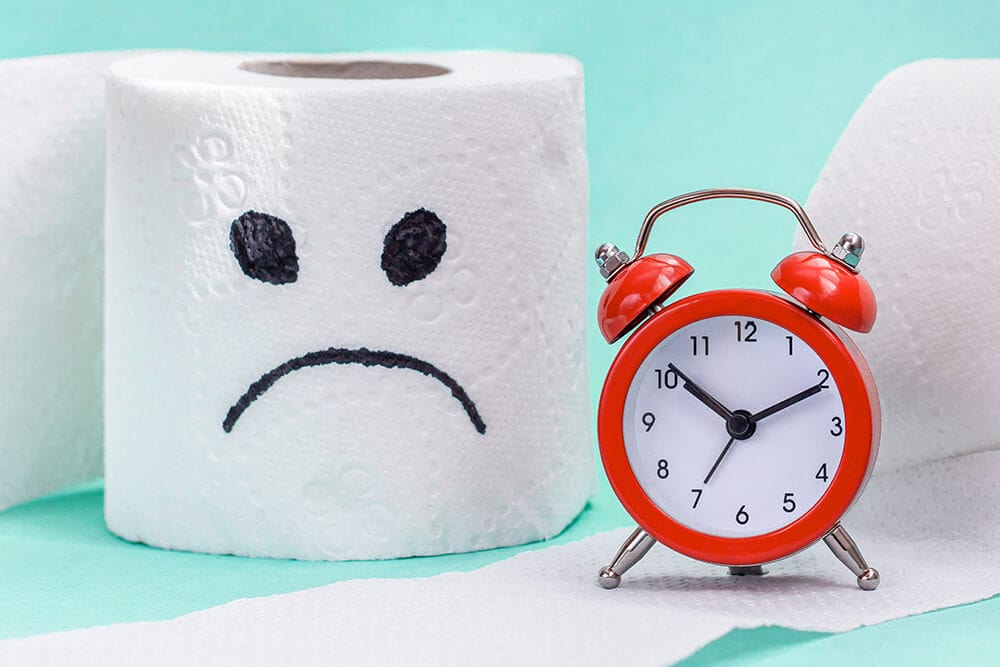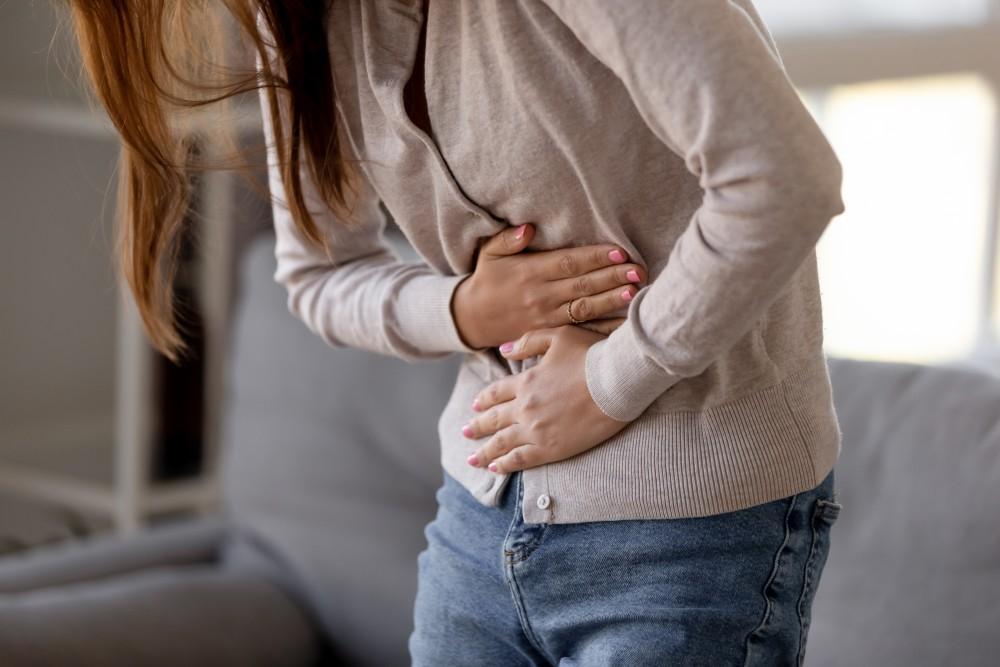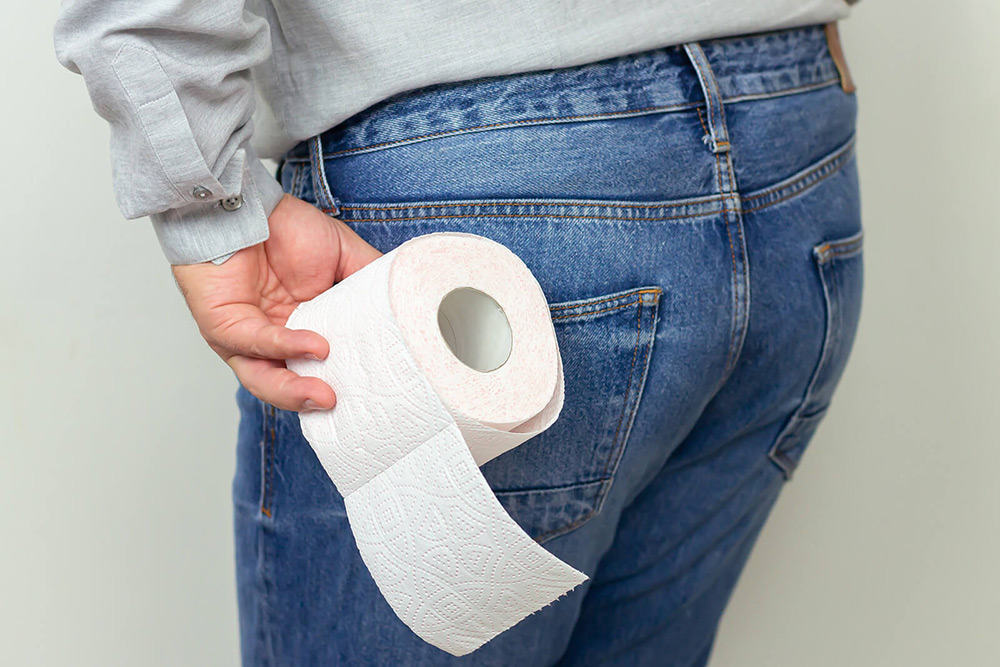How Dr. Nghia Nguyen Diagnoses Unspecified Jaundice?
Dr. Nguyen uses a step-by-step approach:
Medical History and Physical Exam
He reviews your full health history, including the onset of jaundice, presence of epigastric pain, medication and supplement use, alcohol intake, travel history, and family history of liver or gallbladder disease. A focused abdominal exam checks for tenderness, swelling, or signs of liver enlargement.
Blood Tests
Comprehensive labs measure:
- Liver enzymes (AST, ALT, ALP) and total/direct bilirubin to confirm cholestasis
- Complete blood count to evaluate for hemolysis
- Viral hepatitis panel (A, B, C, E) and autoimmune markers if indicated
- Pancreatic enzymes (amylase, lipase) when epigastric pain suggests pancreatitis
Imaging Studies
- Abdominal ultrasound to look for gallstones, bile duct dilation, liver texture changes, and pancreatic inflammation
- CT scan of the abdomen if ultrasound findings are inconclusive or if there's severe epigastric pain suggestive of pancreatitis or mass lesion
Advanced Testing (if needed)
If initial studies don't pinpoint the cause, Dr. Nguyen may recommend:
- Magnetic Resonance Cholangiopancreatography (MRCP) to noninvasively image the biliary and pancreatic ducts
- Endoscopic Retrograde Cholangiopancreatography (ERCP) for both diagnosis and removal of obstructing stones or strictures
- Endoscopic ultrasound (EUS) to evaluate small lesions in the pancreas or biliary tree
- Liver biopsy in select cases to assess for chronic liver disease or infiltrative disorders

Frequently Asked Questions
What is unspecified jaundice?
Unspecified jaundice is when your skin, eyes, or gums turn yellow but the exact cause isn't yet identified. It's coded as R17 while doctors perform tests to find the root issue.
What causes unspecified jaundice?
Common triggers include mild liver irritation from medications or supplements, temporary bile duct blockage by gallstones, viral infections (hepatitis A or E), rapid red blood cell breakdown (hemolysis), alcohol use, or fatty liver disease.
What symptoms should I look for?
Watch for yellowing of the skin or eyes, dark tea-colored urine, pale or clay-colored stools, mild itching, fatigue, nausea, or discomfort in the upper belly.
How long does diagnosis take?
Basic blood tests and an exam usually yield answers in a few days. If imaging or specialized procedures (MRCP/ERCP) are needed, it may take longer to pinpoint the cause.
Can I treat jaundice at home?
While healthy habits—like drinking plenty of water, eating a balanced diet, and avoiding alcohol—support liver health, you need professional evaluation and treatment to address the underlying cause.
Is R17 a final diagnosis?
No. R17 is a temporary code used while further testing is done. Once the precise cause is determined, your doctor will update the diagnosis and treatment plan.
When should I see a doctor?
Make an appointment if you notice yellowing of your skin or eyes, dark urine, pale stools, unexplained fatigue, or other concerning symptoms. Early evaluation leads to better outcomes.













